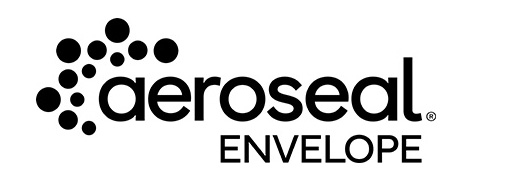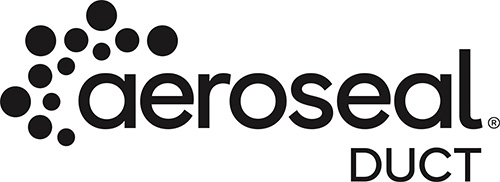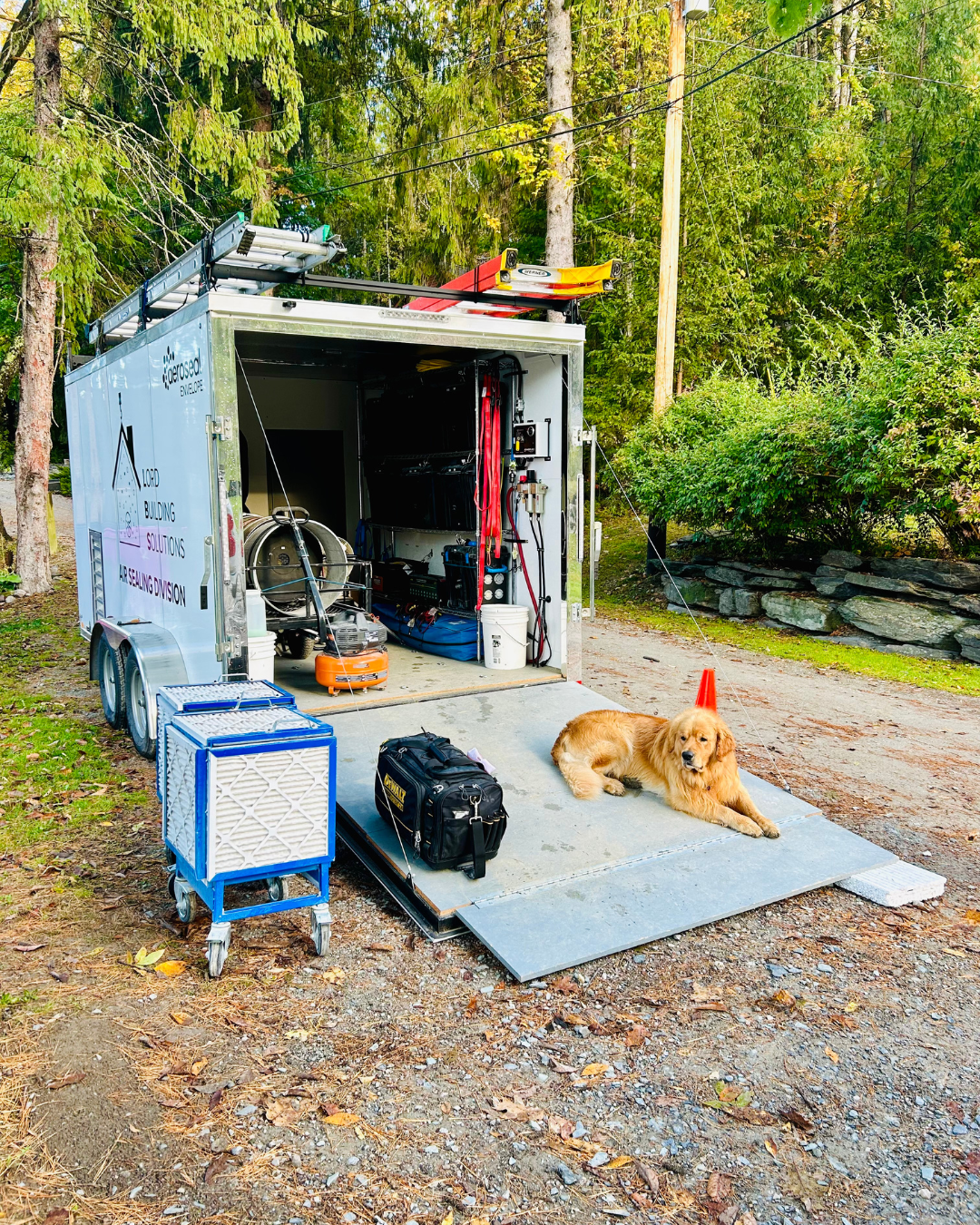
Lord Building Solutions serves Northern New England – Maine, New Hampshire, & Vermont.
Yes, AeroBarrier sealant is a waterborne acrylic that is GREENGUARD Gold certified, ensuring it is safe for indoor use, including in schools and healthcare facilities. It has passed various ASTM tests and NFPA 285 standards for fire spread, smoke production, adhesion, antifungal properties, and tensile strength. Additionally, it is low VOC with no off-gassing.
No, during application, technicians must wear personal protective equipment (PPE). The sealed area is safe to enter without gear 20 to 30 minutes after sealing is complete. However, in a multifamily setting, work may continue in all areas of the building except for adjacent units. Lord Building Solutions has little to no impact on the overall construction schedule.
AeroBarrier can be applied between rough-in and occupancy, with the ideal times being at rough-in or post-drywall. Factors like the build process and climate zone also affect installation timing.
Yes, AeroBarrier can be installed in partial renovations and fully finished buildings, provided they are not furnished or decorated. Most installations typically occur after a property sale or between tenant moves in fully finished, existing buildings.
Yes, AeroBarrier is the most targeted approach to air sealing on the market. The sealant does not coat surfaces and only solidifies where air leaks exist. We recommend installing AeroBarrier after drywall is installed on historical construction projects to preserve the integrity of the framing, sheathing, and other historical elements, collectively referred to as the building’s historical fabric.
The AeroBarrier process takes 1-2 days for a typical single-family home. More time may be needed for Passive House, NET Zero, or Zero Energy Ready (ZERH) standards.
Costs vary based on the construction phase, the number of finishes, the number and size of windows, and the targeted airtightness levels.
Third-party durability testing indicates that AeroBarrier endures a simulated 50-year durability test with minimal seal degradation.
AeroBarrier seals leaks ranging from ½” down to the width of a human hair, efficiently closing narrow gaps and small holes often overlooked during manual sealing. The accumulation of these narrow gaps and small holes can result in significant air leakage.
Minimal preparation is required when AeroBarrier is applied at rough-in or post-drywall. Ceilings and vertical surfaces, such as walls and fixed windows, do not need covering. However, all designed openings—including operable window components, ducts, electrical fixtures, and plumbing—must be covered before sealing, and finished horizontal surfaces should be protected.
Yes, AeroBarrier can be applied below freezing, though it requires additional preparation. Lord Building Solutions uses a heated ice fishing tent to accommodate our outdoor equipment and technicians in cold weather conditions.
Work can resume immediately after the sealing equipment is removed and the area has been ventilated for 20-30 minutes. Lord Building Solutions’ ventilation process includes opening doors and windows, as well as using commercial-grade air scrubbers.
AeroBarrier uses a calibrated blower door to measure envelope leakage, following ASTM and other industry standards.
AeroBarrier is an interior air sealing system that addresses leaks up to ½”. The waterborne acrylic sealant is aerosolized and sprayed into a pressurized area, self-guiding to both visible and invisible leaks. It seals by accumulating at the edges rather than packing gaps. The application generally takes 60-90 minutes, drying quickly to minimize construction disruption. Real-time measurement of leakage allows for precise adherence to required air leakage standards.
Aeroseal and Lord Building Solutions offer a 10-year warranty on AeroBarrier Applications. Notably, our sealing product has never resulted in a warranty claim. Warranty is void upon manipulation of the building envelope.

Yes, the sealant is non-toxic and has been successfully used in hospitals, surgery centers, schools, and government facilities worldwide. Independent lab tests show it has extremely low levels of volatile organic compounds (VOCs), and its primary component has no OSHA maximum exposure limit.
Nope! DuctSeal LT is a water-based acrylic emulsion tested for “Ultra Low VOC” emissions.
Costs vary based on building size, the existing condition of the ductwork, the number of systems, and the length of duct runs.
Studies show that sealing ductwork can save up to $850 annually. However, energy savings can vary based on factors such as location, the age of the home, and existing air leakage in the building envelope.
The system efficiently seals holes up to 5/8”. For larger accessible leaks, LBS technicians may perform manual repairs to expedite the sealing process.
Lord Building Solutions recommends that residents are not home during sealing. This allows technicians to work quickly and efficiently throughout the house.
LBS technicians will evaluate the ductwork during the initial inspection and recommend cleaning if necessary. We collaborate with duct cleaning companies throughout Northern New England to provide a seamless, one-stop shop for our clients.
Yes, ducts of all types can be cleaned after sealing.
No, Aeroseal Duct applications target leaks without coating or lining the ducts, making it the most precise approach to air sealing ductwork.
Certain items, like humidifiers or UV lights, may be removed to prevent damage, while others will be bagged or covered.
Aeroseal and Lord Building Solutions offer a 10-year warranty on seals for residential duct systems. Notably, our sealing product has never resulted in a warranty claim. Warranty is void upon manipulation of the ductwork.

